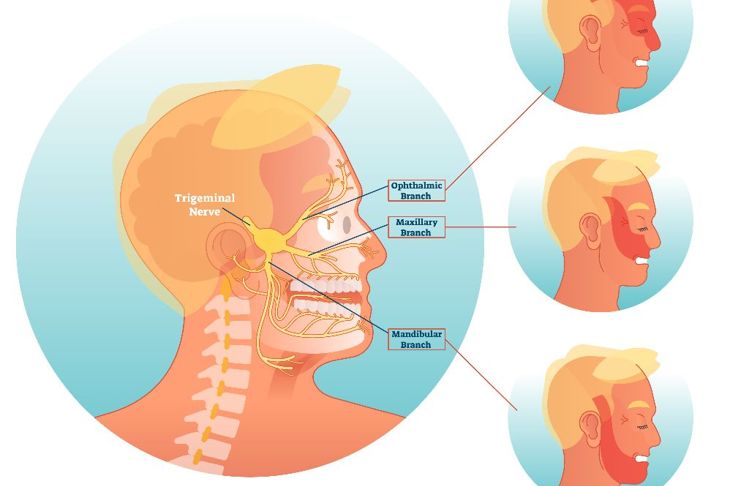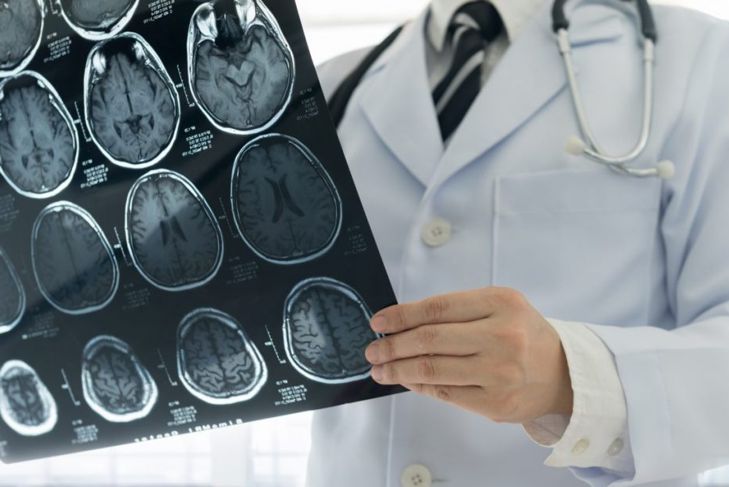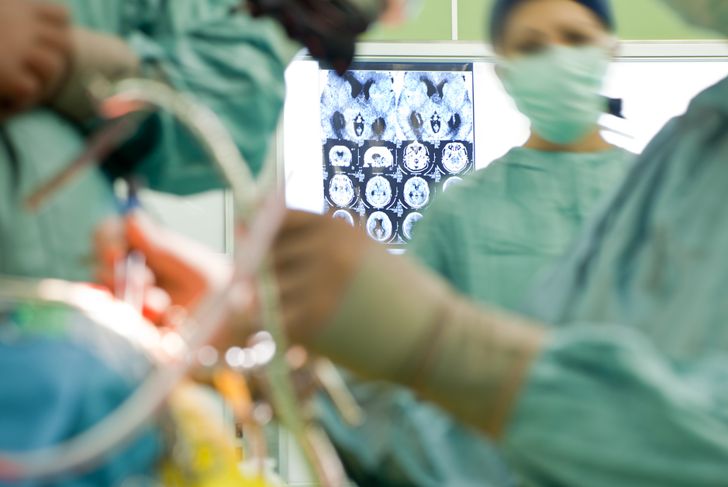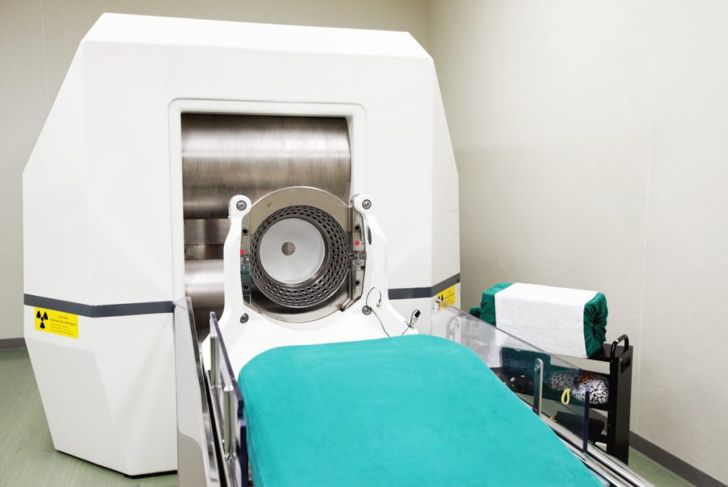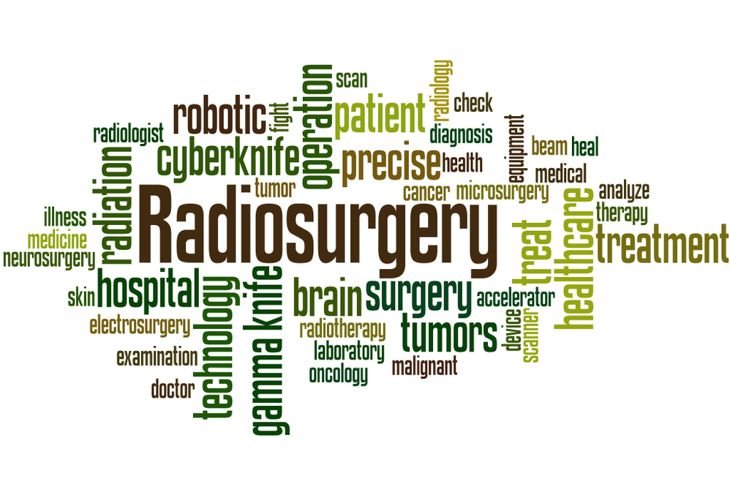Your brain is a vital part of your body, but it is nothing without the nervous system to deliver and receive its messages. Twelve cranial nerves connect directly to the body, and one of these is the V-shaped trigeminal nerve. The nerve is named for its three branches, which are responsible for facial sensation and chewing. The trigeminal nerve consists of the ophthalmic branch (V1), the maxillary branch (V2), and the mandibular branch (V3). Trigeminal neuralgia is an inflammation of this nerve. The condition can cause considerable facial pain. There are a variety of treatments for trigeminal neuralgia.
OTC and Prescription Painkillers
When the pain caused by trigeminal neuralgia flairs up, it starts at a conservative eight on the pain scale and can rapidly transition to an eleven. Hospitals and neurology units tend to give priority treatment to people with this condition. While over-the-counter painkillers and stronger, doctor-prescribed analgesics can help, they are not — nor should they be — a long-term solution.
Medical Treatments for Trigeminal Neuralgia
The two most common drugs prescribed to help those with trigeminal neuralgia were never designed for the purpose. Instead, each is an anticonvulsant generally used to treat epilepsy and other disorders that cause seizures. Unfortunately, for many people with trigeminal neuralgia, the specific treatment of the problem quickly runs its course and no longer helps lessen the pain, requiring more outside-the-box treatment. In addition to anticonvulsants, doctors may prescribe muscle relaxants either alone or in conjunction with other drugs.
Atypical Trigeminal Neuralgia
The pain of trigeminal neuralgia comes and goes. While temporary remission offers relief, it is never permanent. Without treatment, trigeminal neuralgia can become atypical trigeminal neuralgia. In this advanced condition, the pain becomes constant and often leads to permanent sensory impairment. For this reason, when possible, many doctors opt for surgery sooner rather than later. Over 50% of people with trigeminal neuralgia eventually have surgery.
Surgical Evaluation for Trigeminal Neuralgia
While many doctors view a response to anticonvulsants as a confirmation of their diagnosis of trigeminal neuralgia, this is not sufficient for a surgeon before tackling a tricky surgery. Surgeons will commonly request magnetic resonance imaging (MRI) scans to confirm trigeminal neuralgia. He or she will closely consider the patient’s general medical condition, age, and level of pain before determining the best surgical course.
Microvascular Decompression
Microvascular decompression (MVD) or the Jannetta procedure is the gold standard in treating trigeminal neuralgia. It is the most invasive of surgical options and is often passed over in older patients for this reason. But, this invasive procedure is without question the most effective in preventing permanent sensory damage. The surgeon makes a small incision behind the ear and drills a small hole into the skull. The trigeminal nerve is exposed with the help of a microscope. The surgeon then lifts the artery (sometimes a vein) away from the nerve and interposes a piece of Teflon felt between the two. The surgery has a success rate of around 80% as a stand-alone treatment.
Side Effects of Microvascular Decompression
Microvascular decompression is a major surgery that involves drilling a hole in the skull. Infection, spinal fluid leakage, excessive bleeding, and the risks of general anesthesia are possible side effects of the operation, and pain at the incision point and headaches are common. Following such a procedure, the pain should dissipate after a week and recovery should not exceed a month. While there is no guarantee the surgery will be a success, microvascular decompression is the most successful surgical option for this condition.
Radiosurgery for Trigeminal Neuralgia
For a less invasive option, you and your doctor may opt for radiosurgery, which targets the brain and nerves within the skull with short, controlled beams of radiation. In this case, it focuses on the area where the trigeminal nerve enters the brainstem. Rather than targeting the direct cause like microvascular decompression, the procedure looks to damage the trigeminal nerve to stop the transmission of pain signals. This procedure is done on an outpatient basis and generally requires no anesthesia.
Following Radiosurgery
In over 80% of patients, radiosurgery offers relief from the pain of trigeminal neuralgia. However, this relief does not take effect as quickly as with microvascular decompression. It may take four to six weeks after the treatment to feel some relief and in many cases as long as three to eight months. Generally speaking, patients will continue to take medications following radiosurgery, until a doctor recommends beginning to reduce their prescriptions.
Radiofrequency Lesioning for Trigeminal Neuralgia
Radiofrequency lesioning, also known as radiofrequency rhizotomy, is the option surgeons usually choose for patients who are at a higher risk for complications from other surgical options. Like radiosurgery, radiofrequency lesioning doesn’t look to solve the underlying problem but to stop the pain signals traveling to the brain. The procedure involves the insertion of an electrode through the cheek, which heats and damages the nerve.
Following Radiofrequency Lesioning Treatment
In nearly 90% of patients, radiofrequency lesioning provides immediate pain relief. However, it often causes facial numbness and has a high recurrence rate of 40% in two to three years. The procedure can, however, be repeated. There is, of course, the possibility of infection at the insertion point in the cheek, and some experience corneal numbness. In rare cases, the nerve may suffer too much damage. If there are no complications, however, people who undergo this treatment can often resume normal activities within a day or two.

 Home
Home Health
Health Diet & Nutrition
Diet & Nutrition Living Well
Living Well More
More